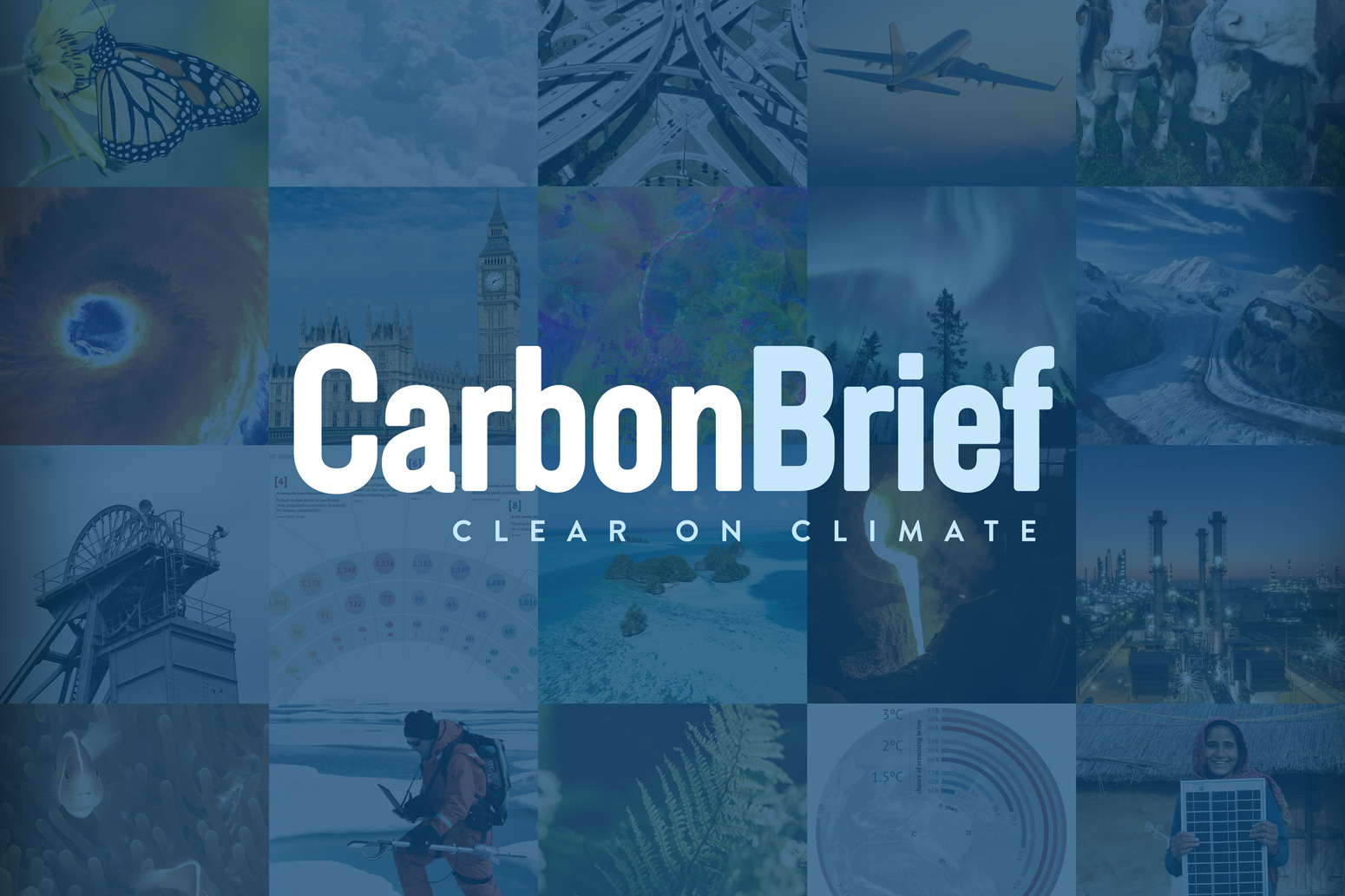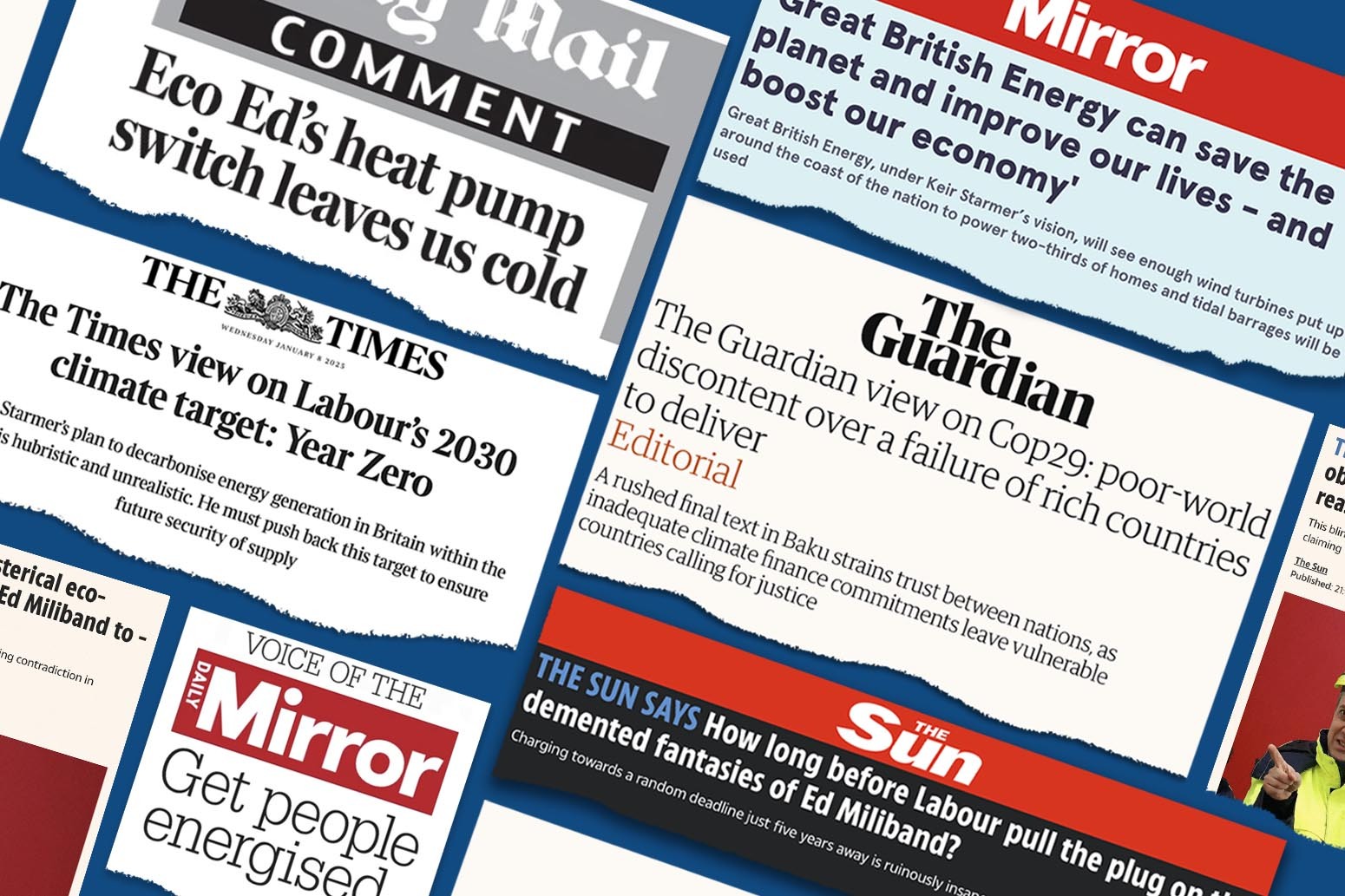The hydropower market is driven by rising demand for renewable energy, government incentives, technological advancements, non-powered dam retrofits, and increasing energy storage integration.
The depletion of fossil fuel reserves has prompted the industry to shift toward renewable energy sources. Rising global energy demand, driven by population growth and the need to reduce dependence on conventional power generation, is pushing the industry to explore renewable alternatives. Hydropower, a leading renewable energy technology, is gaining traction due to its ability to produce power without emitting greenhouse gases or generating toxic waste.
The global hydropower market size was valued at USD 255.31 billion in 2024 and is expected to be worth around USD 390.84 billion by 2034, growing at a compound annual growth rate (CAGR) of 4.35% from 2025 to 2034.
The diminishing availability of fossil fuels like petroleum and coal, commonly used for power generation, has raised urgent concerns about the need to prioritize renewable energy solutions. Urbanization, technological advancements, automation, and the increasing reliance of critical infrastructures—such as transportation, water utilities, and healthcare—on stable energy supplies are driving demand for uninterrupted power. These factors are expected to fuel the growth of the hydropower market in the coming years.
Amid growing concerns about climate change and the environmental impact of various industries, including energy and power generation, the demand for renewable energy solutions is accelerating. Greater awareness of the long-term consequences of other power generation methods and the scarcity of resources has also contributed to the shift toward renewable energy sources.
Technological innovations in the hydropower industry—such as advancements in turbine design, materials, run-of-river systems, and construction techniques—have improved operational efficiency and reduced costs, making hydropower increasingly competitive with other energy forms.
Get sample copy@ https://www.cervicornconsulting.com/sample/2480
Key Findings:
From 2010 to 2022, the U.S. conventional hydropower capacity grew by 2.1 gigawatts (GW), driven by a mix of upgrades to existing plants (1.6 GW), new projects (0.7 GW), and retirements (-0.2 GW). In 2022, hydropower generation totaled 262 terawatt-hours, accounting for 6.2% of total U.S. electricity generation and 28.7% of electricity generated from renewable sources.
Non-powered dam retrofits make up 95% of all proposed new hydropower capacity in the U.S. Additionally, at least 11 U.S. hydropower plants have either added or are planning to add battery storage capacity, indicating a promising trend for the future of hydropower.
Despite extreme droughts in parts of the West, the average annual net hydropower generation in the U.S. from 2020 to 2021 was only 4.2% lower than the previous decade’s average.
Between 2019 and 2021, the hydropower availability factor—reflecting the percentage of hours in a year when a hydropower unit is operational (i.e., not offline due to a planned or forced outage)—remained stable at 79% for small units, 83% for medium-sized units, and 78% for large units.
Of the 167 Federal Energy Regulatory Commission (FERC)-licensed hydropower and pumped storage hydroelectric (PSH) projects set to begin the relicensing process from 2018 to 2022, 93% (155 projects) have initiated the process, representing 99.9% of the total capacity (8 GW) scheduled for relicensing during this period.
The 2021 Infrastructure Investment and Jobs Act (also known as the Bipartisan Infrastructure Law) and the 2022 Inflation Reduction Act include significant incentives aimed at revitalizing the U.S. hydropower sector. These legislative measures are expected to drive further investment in both the existing hydropower fleet and the development of new non-federal hydropower projects in the years ahead.
North America Hydropower Market Trends
– Increasing demand for renewable energy.
– Established hydropower infrastructure in the U.S. and Canada.
– Growing climate concerns and focus on renewable energy solutions.
– Government support for the hydropower industry to meet carbon footprint reduction and fossil fuel dependency goals.
U.S. Hydropower Market Trends
– Significant investment in renewable and cleaner energy sources.
– Technological advancements and government initiatives promoting hydropower.
– The U.S. government’s push for net-zero emissions and cleaner energy.
– Example: In December 2023, Vice President Kamala Harris announced U.S. participation in the commitment to double energy efficiency and expand renewable energy capacity by 2030.
Europe Hydropower Market Trends
– Increasing environmental awareness and demand for sustainable energy sources.
– A growing shift towards clean energy, boosting hydropower projects, especially mini and small hydropower systems.
– Mini and small hydropower projects are gaining traction, shaping Europe’s future energy sector.
Asia Pacific Hydropower Market Trends
– Increasing energy demand and abundant hydropower resources.
– Government support for hydropower development.
– The region’s numerous rivers and large hydropower organizations creating opportunities for growth.
China Hydropower Market Trends
– Government support for hydropower and rural electrification initiatives.
– Rising technological innovation in the energy sector.
– Increased urbanization, resulting in a higher demand for electricity.
– The Three Gorges Dam, one of the largest hydropower projects globally, meets about 10% of China’s energy needs, significantly contributing to regional growth.
Ask here for Hydropower Industry research study sales@cervicornconsulting.com

















![Ep266: [Lean Series] How to Plan a Responsible Fat Loss Phase Ep266: [Lean Series] How to Plan a Responsible Fat Loss Phase](https://carrotsncake.com/wp-content/uploads/2024/06/Carrots-N-Cake-VIP-Nutrition-Coaching-768x1040.jpeg)
.jpg)

Discussion about this post